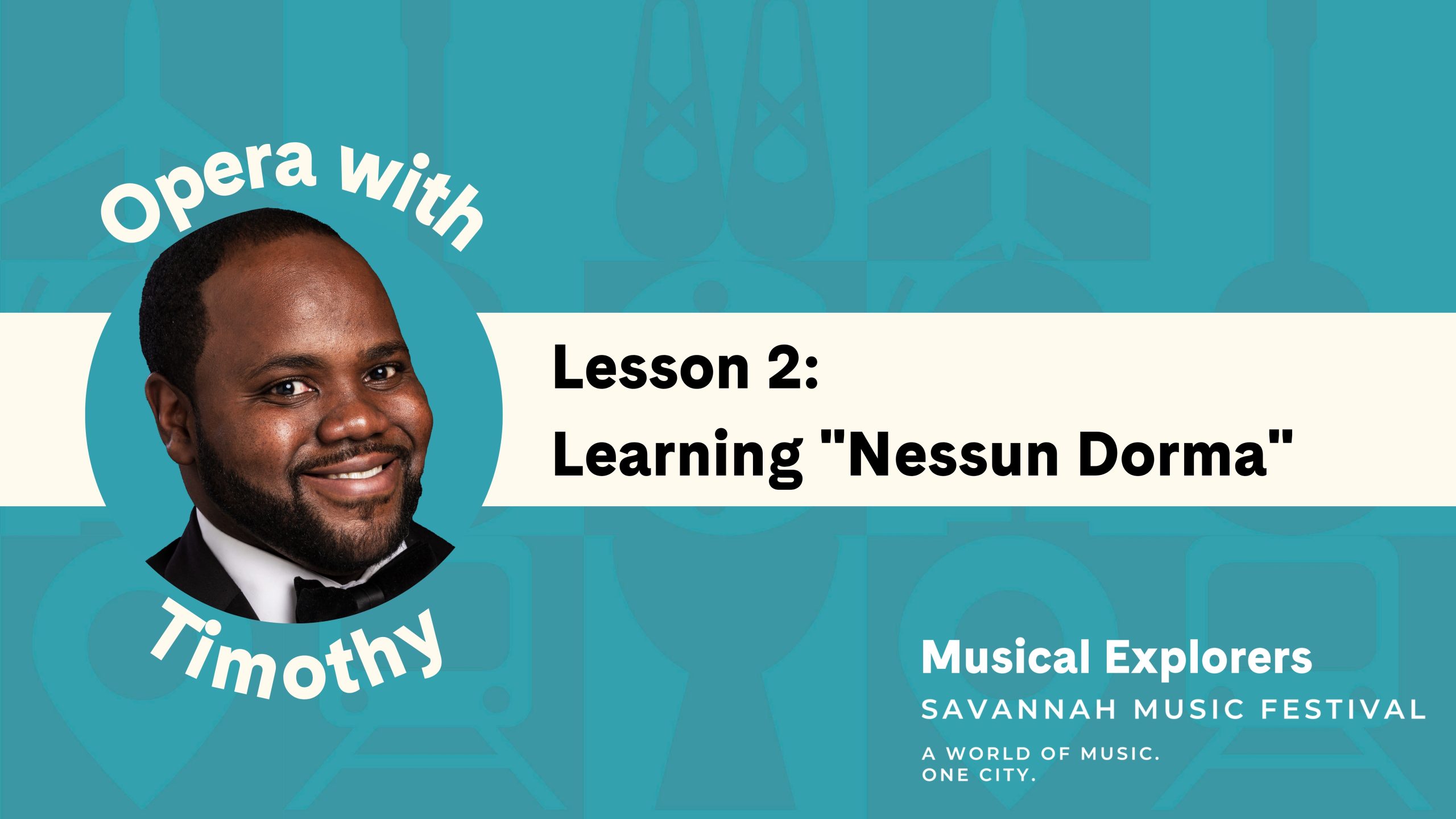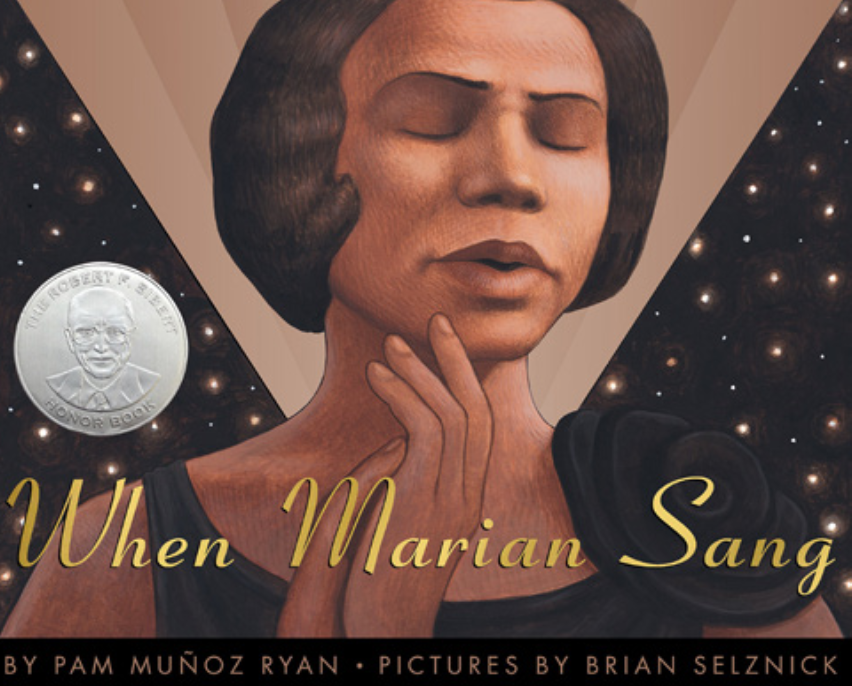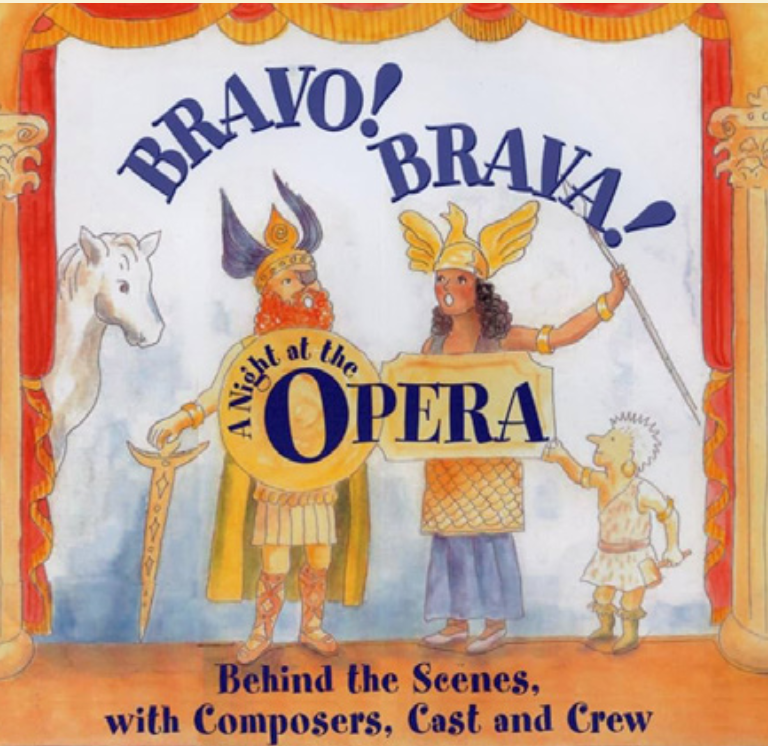Aim: How do opera singers use their voices to tell a story?
Summary: Students will explore the ways opera singers express emotion through dramatic musical storytelling.
Materials: Musical Explorers digital resources, chart paper, markers
Standards: GA: ESGM2.PR.1, ESGM2.RE.1, ESGM2.CN.1, ESGM2.CN.2
SC: GM.PR.NL-AH.3, GM.RE.NL-AH.6, GM.RE.NL-AH.7, GM.CN.NL-AH.8, GM.CN.NL-AH.9
Vocabulary: dynamics, lyrics, pitch, repetition
Sing and Interpret “Nessun Dorma”
- One of an opera singer’s most important jobs is to act out the character and be a clear storyteller.
- Explain that Timothy is singing the character of Calaf (KAH-lahf), an unknown prince in the opera Turandot.
- Share what has happened in the opera before the aria, “Nessun Dorma.”
- Princess Turandot says she will only marry a man who can solve her three riddles. Prince Calaf succeeds, but Turandot goes back on her word and says she will not marry Calaf. He tells her he will let her out of her promise to marry only if she can find out his real name before sunrise. She doesn’t really want to marry anyone so she orders all of her subjects not to sleep until they can discover his real name.
- Before sharing the translation of the aria, listen to Track 1.3 and ask:
- What do you think this aria is about?
- How do you think the character Calaf is feeling in this aria?
- What in the music makes you think that?
- Are there any words/parts of the aria that stand out to you? Why?
Track 1.3 “Nessun Dorma” Song
- After this discussion, share the translation to “Nessun Dorma.” The words of an aria are called lyrics. Read aloud and ask students to revisit their predictions.
- Share the music and have students sing the final phrases of “Nessun Dorma” (in the correct octave for healthy singing) Track 1.4.
Track 1.4 “Nessun Dorma” Final Phrase
- Chart their answers reflecting how the music helps tell the meaning of the words. Things to draw out: repetition, dynamics (volume of the music), length of note, pitch (how high or low the voice sounds).
“Nessun Dorma” [original Italian lyrics]
Nessun dorma! Nessun dorma!
Tu pure, o Principessa,
nella tua fredda stanza,
guardi le stelle che tremano d’amore, e di
speranza!
Ma il mio mistero è chiuso in me;
il nome mio nessun saprà!
No, No! Sulla tua bocca lo dirò quando la
luce splenderà!
Ed il mio bacio scioglierà il silenzio che ti
fa mia!
Il nome suo nessun saprà,
E noi dovrem, ahimè, morir, morir!
Dilegua, o notte!
Tramontate, stelle!
Tramontate, stelle!
All’alba vincerò!
Vincerò! Vincerò!
“None Shall Sleep” [translated lyrics]
None shall sleep! None shall sleep!
Not even you, O Princess
In your cold bedroom,
Watch the stars that tremble with love
and hope
But my secrets hidden within me;
None will know my name!
No, no! On your mouth I will say it
when the light shines!
And my kiss will dissolve the silence that
makes you mine
No one will know his name
And we will have to alas, die!
Vanish oh, night
Fade, you stars!
Fade, you stars!
At dawn I will win!
I will win! I will win!
Becoming an Operatic Storyteller
The Italian composer Giacomo Puccini wrote Turandot, and he uses pitch (high & low), dynamics (volume), and repetition to help Calaf share with the audience his confidence in getting Turandot to marry him.
- Use Track 1.4 for students to learn the final phrases of “Nessun Dorma.”
Track 1.4 “Nessun Dorma” Final Phrase
- Have students say or sing the words, either in Italian or English, and use the musical elements of pitch, dynamics, and repetition to show what the character is feeling. For example, if Calaf is feeling scared, he might speak softly and quickly. Encourage students to use body language and gesture as well!
- Have each pair perform their scenario.
- Scenario 1: You are very confident that you will win
- Scenario 2: You are scared that you might not win
- Scenario 3: You don’t care if you win

Creative Extension: Write Your Own Riddles
In the opera Turandot, Calaf has to answer Princess Turandot’s three riddles.
- Turn to SG 11, have students read the riddle examples either in pairs or as a class.
- “What are two things that you can never eat at breakfast?”
- Answer: Lunch & Dinner
- “What has ears, but cannot hear?”
- Answer: Corn
- “What falls in winter, but never gets hurt?”
- Answer: Snow
- Ask students what they think makes a successful riddle. Using SG 11, have the students write their own riddle.
- Have them share with other classmates.
Literacy Link: When Marian Sang
When Marian Sang by Newbery Honoree Pam Muñoz Ryan and Caldecott Medalist Brian Selznick introduces us to one of our country’s most important singers and role models, Marian Anderson. Anderson was an opera singer who gave a historic concert on the steps of the Lincoln Memorial in 1939, which drew an integrated crowd of 75,000 people in pre-Civil Rights America, but this was only part of her story.
Literacy Link: Bravo! Brava! A Night at the Opera
Bravo! Brava! A Night at the Opera by Anne Siberell introduces us to what an opera is by showing how it is made. From composer, choreographer, and costume designers to the conductor, lighting and special effects crew, and, of course, the singers, the excitement builds as Siberell explains each person’s role in producing an opera.
Musical Word Wall
Add dynamics, lyrics, pitch, and repetition to the Musical Word Wall.
PDF Downloads
SG11 – Write Your Own Riddle
Audio Tracks
Track 1.3 “Nessun Dorma” Song
Track 1.4 “Nessun Dorma” Final Phrase
← Previous: Unit 1 – Learning “La Donna è Mobile” Song



